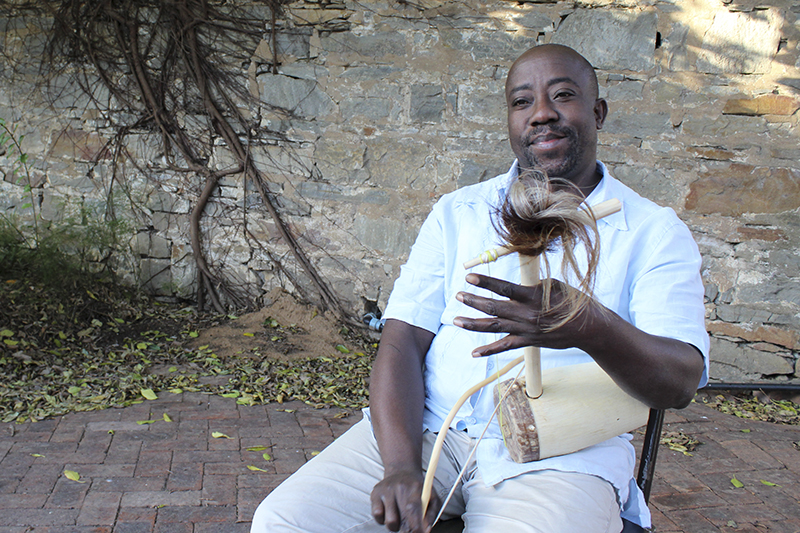Scientists at the Centre for Molecular Imaging Research at Harvard University and massachusetts General Hospital have been working on a nano sensor aimed at giving doctors the ability to tell whether tumor cells are dying.
Scientists at the Centre for Molecular Imaging Research at Harvard University and massachusetts General Hospital have been working on a nano sensor aimed at giving doctors the ability to tell whether tumor cells are dying.
Used in conjunction with MRI imaging, the sensor will let oncologists know whether or not cancer treatment is working, enabling them to switch medication if needed.
Such knowledge may help prevent unneeded suffering caused by oncology treatment that is not working, as currently cancer patients have to wait for months before finding out the effectiveness of this treatment.
The detector uses an iron-oxide nanoparticle, with approximately 15 peptides on its surface that attach to a lipid called phosphatidylserine, which appears on human cell membranes during apoptosis.
At the head of this sensor’s development is Ching Tung, an associate Professor of radiology at Harvard Medical School.
Tung believes the sensors should be visible inside the human body using MRI due to the iron-oxide particle being a very good imaging contrast agent for MRI.
After a patient has been on cancer treatment for a few days, he or she could be given the nano sensor and an MRI scan could show whether tumor cells are dying.
Although development of Tung’s nano sensor is still in its infancy, Piotr Grodzinski, director of Nanotechnology for Cancer programs at the NCI’s Alliance for Nanotechnology in Cancer, says that if the iron-oxide nanoparticles in the nano sensor do indeed improve the resolution of MRI imaging, the research "is very relevant."
At present, doctors can only tell if a drug is working weeks after the patient has started on the course of treatment in other words once a significant change in the size of tumor has occurred.
According to Tung, "To see a tumor shrink from one centimeter to half a centimeter, you need to wait a long time."
Also, staying on treatment that is not working is dangerous for patients because they suffer both from the effects of the tumor that continues to grow and the side effects of the ineffectual drug.
What is even more problematic is that the ineffectual treatment may cause defense mechanisms by the tumor cell to kick in that may then render another form of therapy useless that may have otherwise worked.




